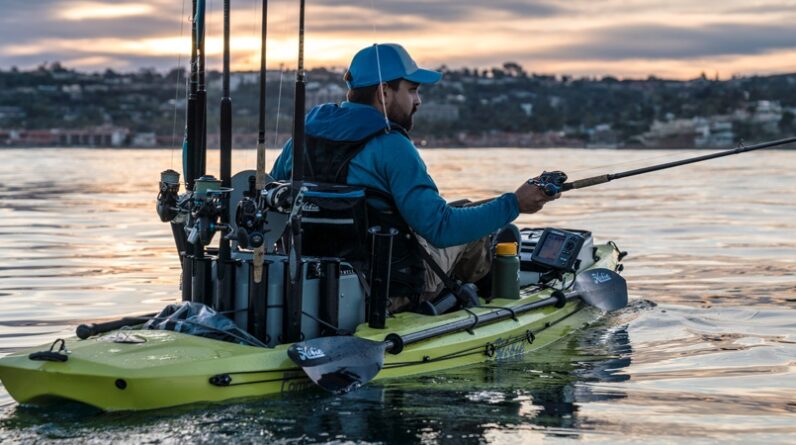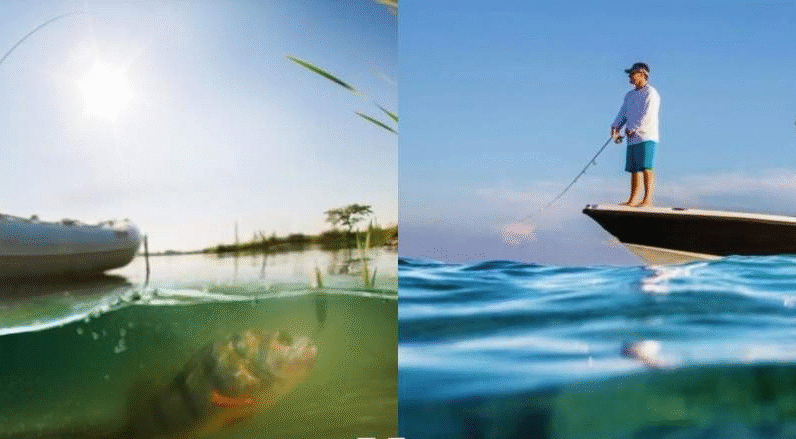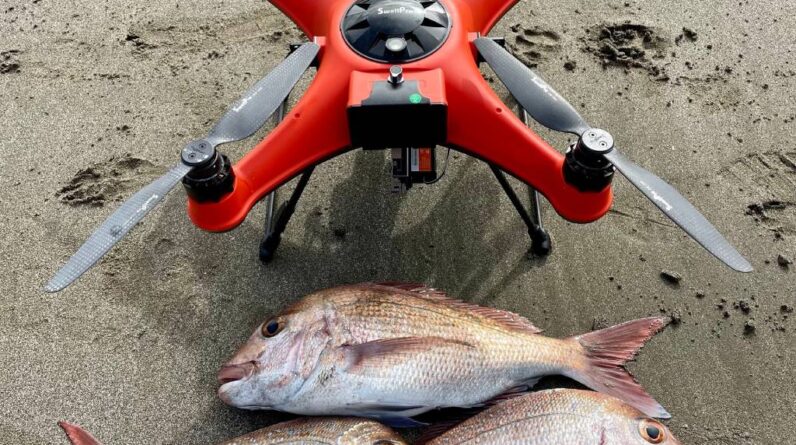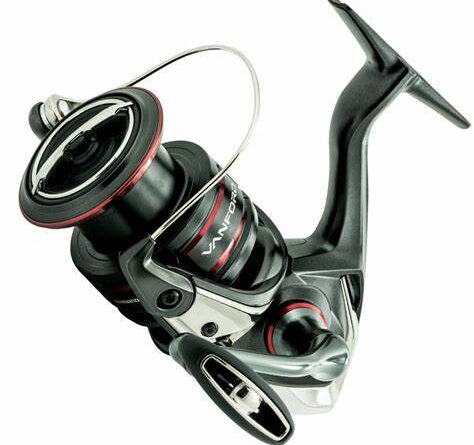Fishing in Canada is more than just a pastime; it’s a way of life for many. From the Pacific salmon of British Columbia to the freshwater giants of the Great Lakes and the countless pristine lakes and rivers in between, Canada offers a diverse range of fishing experiences. One way to enhance your angling skills and increase your chances of landing the catch of a lifetime is by mastering the art of lure making. In this article, we will explore the craft of creating custom lures tailored to Canadian fish species.
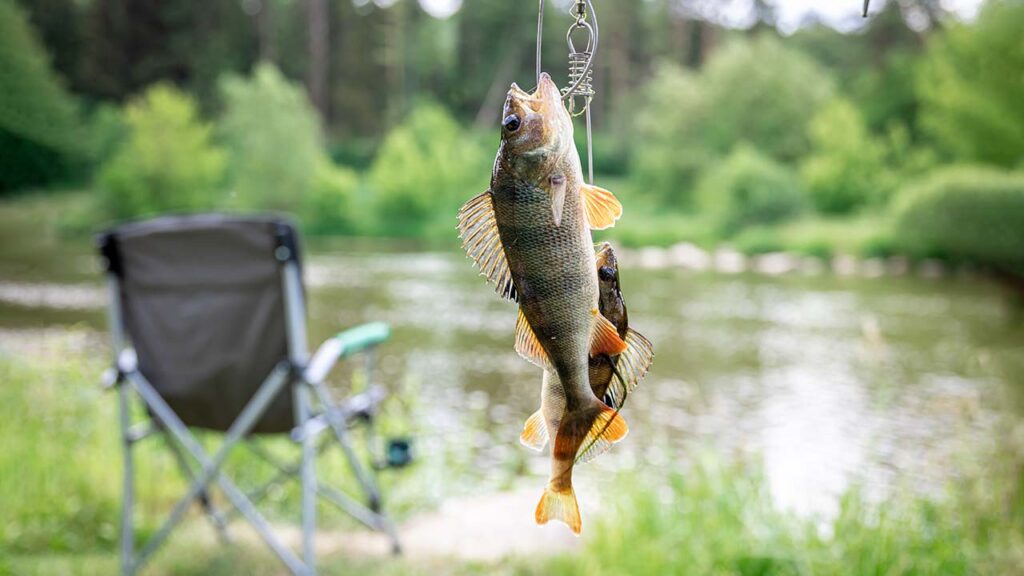
Understanding Canadian Fish Species
Before we dive into lure making, it’s crucial to understand the various fish species you might encounter in Canada. Each species has its own unique behaviors, habitats, and feeding patterns. Here are a few popular Canadian fish species:
- Northern Pike: Known for their aggressive strikes and sharp teeth, pike are a thrilling catch in Canadian waters.
- Walleye: Often found in the Great Lakes and inland lakes, walleye are known for their elusive nature and exceptional taste.
- Brook Trout: A favorite among fly anglers, these beautiful fish thrive in cold, clear waters.
- Lake Trout: The largest of the trout family, lake trout are a challenge to catch and offer excellent table fare.
- Salmon: Whether it’s Chinook, Coho, or Atlantic salmon, these powerful fish are highly sought after.
- Smallmouth and Largemouth Bass: Bass fishing is incredibly popular in Canada, and these species offer exciting action.
Why Make Your Own Lures?
Creating your own fishing lures can be a rewarding and cost-effective way to improve your angling experience. Here are a few reasons to consider making your own lures:
- Customization: You can design lures specifically tailored to the preferences of different fish species.
- Cost Savings: Homemade lures are often cheaper than store-bought ones, especially in the long run.
- Creativity: Lure making allows you to experiment with colors, shapes, and materials to develop unique designs.
- Sustainability: You can use eco-friendly materials and reduce your environmental impact.
Lure Making Basics
Let’s get started with the basics of making your own fishing lures:
Materials:
- Lure Blanks: Wooden or plastic blanks serve as the foundation of your lure.
- Paints: High-quality, waterproof paints and clear coatings are essential for adding color and protection.
- Hooks: Choose hooks appropriate for the target fish species.
- Hardware: Eyelets, split rings, and swivels are necessary for attaching hooks and creating movement.
- Decorative Elements: Add features like holographic tape, feathers, or skirts for extra appeal.
Tools:
- Sandpaper: Used for shaping and smoothing lure blanks.
- Files and Rasps: Helpful for intricate shaping.
- Paintbrushes: Various brush sizes for detailed painting.
- Vise: Holds the lure securely while you work on it.
- Epoxy Resin: Used for sealing and coating the lure.
Design Considerations:
- Size and Shape: Research the preferred prey of your target fish species to determine the appropriate size and shape.
- Color: Match the natural colors of the prey in the local waters you’re fishing.
- Action: Consider how the lure will move in the water to mimic prey behavior.
- Buoyancy: Adjust the lure’s buoyancy to match the fish’s depth and feeding habits.
Assembly and Testing:
- Assemble your lure components carefully, ensuring they are securely attached.
- Test your lures in a controlled environment, like a swimming pool or bathtub, to observe their action.
Conclusion
Mastering the art of lure making for Canadian fish species can be an immensely satisfying and effective way to improve your angling success. By understanding the behaviors of local fish species, choosing the right materials and tools, and experimenting with designs, you can create custom lures that give you the edge on the water. So, roll up your sleeves, get creative, and embark on a journey to craft lures that will entice Canadian fish from coast to coast. Happy fishing!

